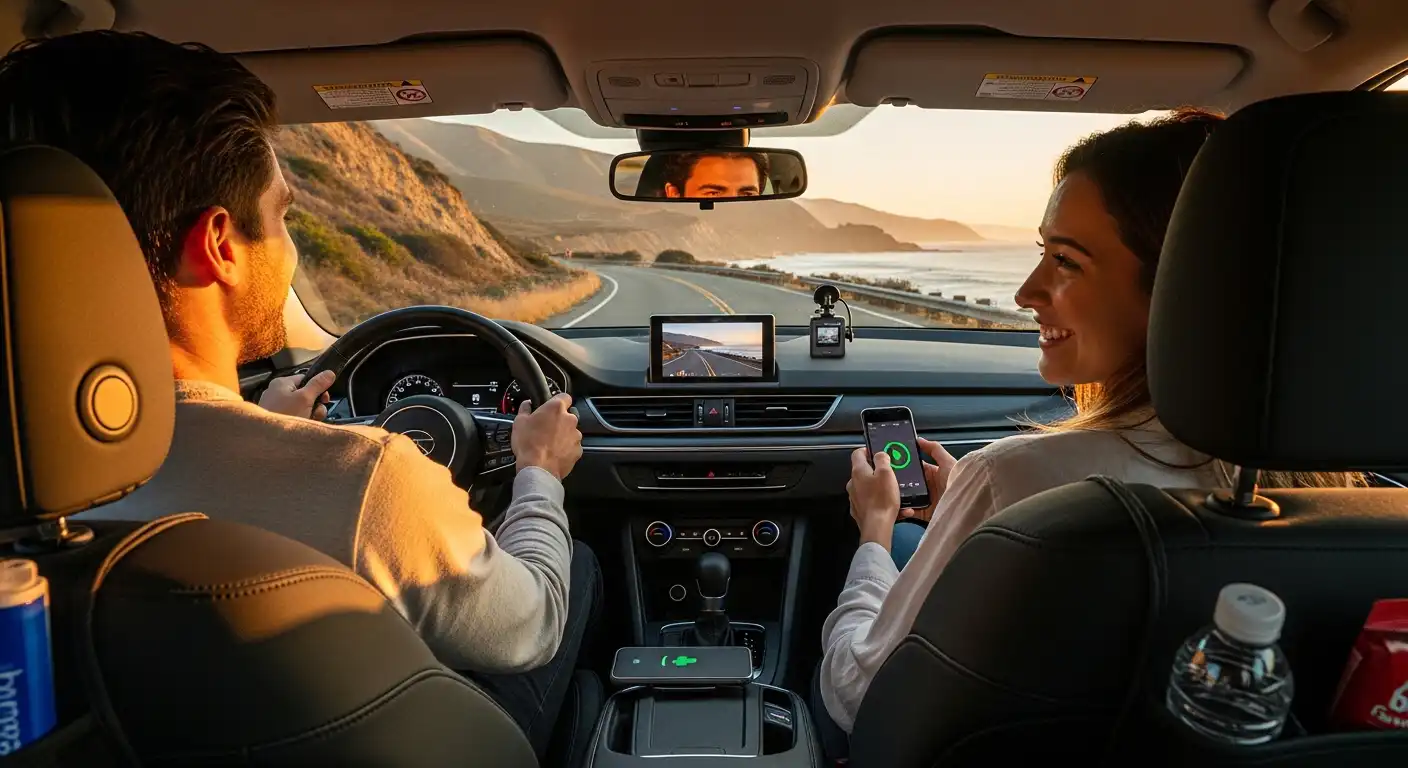Buying your first car is an exciting milestone, but it can also be a stressful and overwhelming process, especially if you’re not sure where to start. From selecting the right make and model to understanding financing options, there are many factors to consider to ensure you’re making the best decision for your needs and budget. Whether you’re purchasing new or used, this ultimate guide will walk you through every step of the car-buying process, helping you make an informed and confident choice.
1. Set Your Budget
Before you even begin looking at cars, it’s essential to determine how much you can afford to spend. Setting a budget will help you narrow down your options and avoid overspending.
-
Consider Total Costs: The total cost of owning a car includes not just the purchase price but also ongoing costs such as fuel, insurance, maintenance, and registration. Don’t forget to factor in these expenses when setting your budget.
-
Loan or Cash Payment: If you plan to finance the car, decide how much of a down payment you can afford and what monthly payments fit within your budget. Lenders typically recommend that your car payment not exceed 15% of your monthly take-home pay.
-
Use an Online Car Payment Calculator: Many websites offer calculators to help you estimate monthly payments based on the price, down payment, loan term, and interest rate.
2. Determine the Type of Car You Need
Once you have a budget in mind, it’s time to think about what kind of car best suits your needs. Your choice should reflect how you plan to use the vehicle and your lifestyle.
-
New or Used: First-time buyers often wonder whether they should buy a new or used car. New cars come with the latest features, a full warranty, and zero miles on the odometer but may be more expensive. Used cars are generally cheaper but may come with higher maintenance costs and less warranty coverage.
-
Car Type: Consider the size of the car and how many passengers you will need to accommodate. If you have a family or frequently travel with friends, a sedan, SUV, or minivan may be the right choice. If you’re commuting solo or want better fuel efficiency, a compact car or hatchback could be ideal.
-
Fuel Economy and Efficiency: Fuel-efficient cars will save you money in the long run, especially if you have a long daily commute. Consider cars with hybrid or electric options if you want to reduce fuel consumption and your carbon footprint.
-
Technology and Features: Think about the features you’d like in your first car. Do you want a rearview camera, Bluetooth connectivity, or advanced safety features like lane departure warning? Make a list of features that are non-negotiable for you.
3. Research Car Models
Now that you’ve identified the type of car you need, it’s time to start researching specific models. There are several resources available to help you compare different vehicles and find the one that best fits your budget and preferences.
-
Online Research: Websites like Edmunds, Kelley Blue Book, and Consumer Reports provide detailed reviews, reliability ratings, and pricing information for various car models. You can also compare fuel efficiency, safety ratings, and overall cost of ownership.
-
Talk to Current Owners: Don’t hesitate to ask friends or family members who own the car models you’re considering about their experience. Personal recommendations and real-world insight can help you narrow down your options.
-
Check for Recalls: Look up the specific car model’s history for any recalls or safety concerns, which can be found on the National Highway Traffic Safety Administration (NHTSA) website.
4. Inspect the Car and Take It for a Test Drive
Once you’ve narrowed down your options, it’s time to see the car in person. Whether you’re buying new or used, inspecting the vehicle and taking it for a test drive is a crucial step in ensuring you make the right choice.
-
For Used Cars: If you’re buying a used car, it’s important to have it inspected by a trusted mechanic before finalizing the purchase. A professional inspection can help uncover any potential issues with the vehicle that might not be immediately obvious.
-
Test Drive: When test driving, pay attention to how the car handles on the road. Is it smooth, comfortable, and easy to drive? Check for any strange noises, vibrations, or handling issues. Also, test the car’s features such as air conditioning, radio, brakes, and lights.
-
Vehicle History Report: For used cars, request a vehicle history report (such as Carfax) to check for accidents, previous owners, and whether the car has a clean title.
5. Negotiate the Price
When you’ve found the car that meets your needs, the next step is negotiating the price. This is often the most nerve-wracking part of buying a car, but remember that you can negotiate and there’s often room for the price to come down.
-
Know the Market Value: Use online resources like Kelley Blue Book or Edmunds to determine the fair market value of the car. This will give you an idea of the price range you should be paying.
-
Start Lower: When negotiating, start with an offer that’s lower than the listed price. Be polite but firm, and be prepared to justify your offer with the research you’ve done on the car’s market value.
-
Trade-In Option: If you’re trading in an old car, get quotes from multiple dealerships to ensure you’re getting a fair price. You can use this amount as leverage to negotiate a better deal on your new car.
6. Financing Your Car
For many first-time car buyers, financing is necessary. Car loans can come from dealerships, banks, or credit unions, and it’s essential to understand the terms before signing any agreement.
-
Loan Terms: Loan terms typically range from 36 to 72 months. Shorter loan terms often have higher monthly payments but lower interest rates, while longer terms may lower your monthly payment but result in paying more in interest over the life of the loan.
-
Interest Rates: Your credit score plays a big role in the interest rate you’re offered. If you have good credit, you may qualify for a lower interest rate. If your credit is poor, you may be offered a higher rate or need a co-signer.
-
Down Payment: The larger the down payment you can make, the less you’ll need to borrow. Aim for a down payment of at least 10-20% of the car’s purchase price to reduce your monthly payments and interest costs.
7. Finalizing the Deal
Once you’ve agreed on the price and financing, it’s time to finalize the paperwork. This process can take some time, but it’s important to thoroughly review all documents before signing.
-
Review the Contract: Carefully read the terms of the contract, including the purchase price, loan terms, interest rate, and any additional fees. Make sure there are no hidden charges, and don’t sign anything unless you fully understand the terms.
-
Extended Warranties and Add-Ons: Dealerships may offer extended warranties, service packages, or other add-ons. While these can be useful, be sure to evaluate whether they are necessary and if they fit within your budget.
8. Take Delivery of Your Car
After the paperwork is completed, you’ll finally be able to take your new car home! Before driving off, make sure that everything is in order:
-
Check the Vehicle: Do a final inspection of the car to ensure it’s in the condition you expect. Verify that all features and accessories (like the spare tire, owner’s manual, etc.) are included.
-
Get Insurance: Before driving your new car, make sure it is properly insured. Most states require car insurance, and it’s essential to protect your investment.
Conclusion
Buying your first car can feel like a daunting task, but with careful planning and research, it can also be an exciting and rewarding experience. By setting a budget, doing your research, inspecting the car, negotiating the price, and securing financing, you can ensure that you make a smart decision that will serve you well for years to come. Take your time, don’t rush the process, and enjoy the journey toward purchasing your first vehicle!
If you’re ready to start your car-buying adventure, follow this guide and head to your local dealership with confidence. Happy car hunting!



